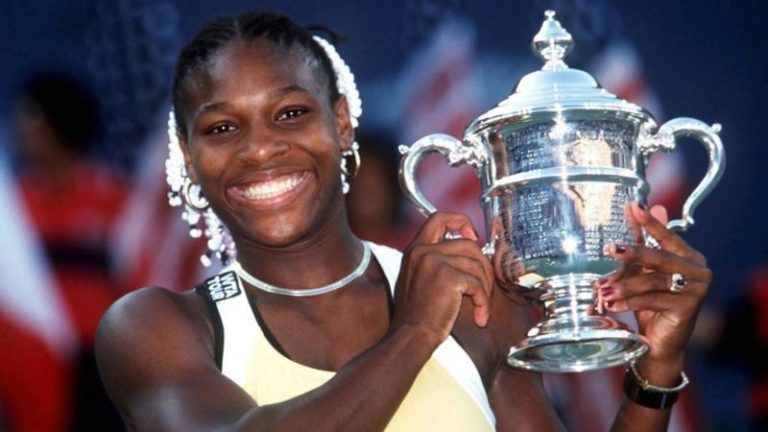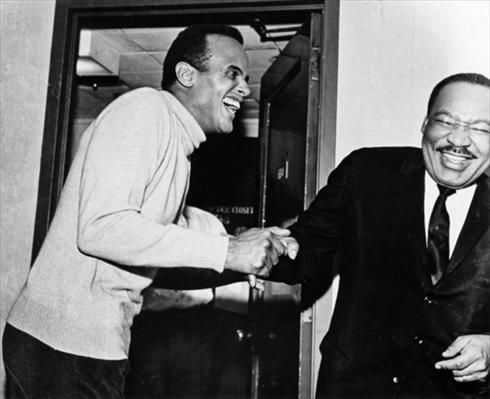Dr. ALEXA CANADY —
FIRST BLACK FEMALE NEUROSURGEON IN U.S.

MICHELE J MARTIN
Dr. Alexa Canady climbed every barrier to achieve all she has today. The earliest being racial prejudice enacted against her by her teacher. A family member studying psychology decided to test young Alexa's intelligence, surprising the family with her high score. She was considered a very average student based on her school testing results. The IQ test raised alarms for her parents. Eventually, an investigation discovered that her teacher was lying to cover up Ms. Canady's intelligence.
"...unknown to me at the time — I learned only much later — that it was discovered during those years that my second grade teacher had lied about my standardized test scores and assigned them to a white student. Through a fairly complicated process, it was ultimately discovered. She was fired, and because my scores were so high, I got to go to the fourth grade from the second grade —learning, in the process, that the only thing you really learn in third grade is multiplication tables, which my mother taught me in the summer."
By the time Alexa graduated from high school, she was a National Achievement Scholar. Thinking she might become a mathematician, she attended the University of Michigan. Yet, due to what Ms. Canady had called a "crisis of confidence," she nearly dropped out before switching majors and graduating in 1971 with a B.S. in zoology. Afterward, she discovered a minority health careers program at her university, and through this program, she found her true passion.
In 1975 Alexa Canady graduated with cum laude honors from the University of Michigan Medical School. While studying for her M.D., she was recognized by the American Medical Women's Association. She would then specialize in neurosurgery, despite the apprehension of advisors. Gaining residencies was hard enough; as a Black student, it might be impossible. She then moved to Minnesota and began her residency at the University of Minnesota, becoming the first female Black neurosurgery resident in the United States.
"The greatest challenge I faced in becoming a neurosurgeon was believing it was possible.”
Later that year, she became the first Black AND first female intern in Yale-New Haven Hospital's surgical program. On her first day as an intern, she was told, "you must be our new equal-opportunity package." By the end of the program, she had been voted one of the top residents by her fellow physicians. She then moved to Minnesota and began her residency at the University of Minnesota, becoming the first female Black neurosurgery resident in the United States.
She was already a trailblazer by the time she'd finished her schooling. Still, the ground-breaking didn't stop when her residency ended. Upon completing her residency in 1981, she became the country's first Black neurosurgeon. In 1982, Dr. Canady decided to specialize as a pediatric neurosurgeon. Two years later, she became the first Black woman to become a board-certified neurosurgeon.
She chose pediatrics because of her love of the children in the pediatric ward during her residency, stating, "it never ceased to amaze me how happy the children were." She took a patient-focused approach and liked to form unique relationships with her patients. She was quite popular at Children's Hospital of Michigan for playing video games with her pediatric patients.
"It is fun to make people better."
In 1987 the Children's Hospital of Michigan named Alexa Canady as their first chief of Neurosurgery. From 1987 until her partial retirement in 2001, Canady specialized in congenital spinal abnormalities, hydrocephalus, trauma, and brain tumors. In addition to her work as a surgeon, Dr. Canady was also a dedicated researcher. Her research with Wayne State University would eventually lead to the development of an antisiphon shunt that treats hydrocephalus.
In interviews, she has said that she was unaware of the history she was making at the time. However, after retirement, she realized the significance of her accomplishments and what it meant for other Black women interesting in and working in medicine.
Recently, she discussed the challenges that the surgical community faces in attracting new talent, voicing concern that the average neurosurgeon is over 55-years of age. Dr. Canady was asked why she thought students should choose neurosurgery. Her response — "It's intellectually challenging, you get kind of a high when everybody says 'ah, the neurosurgeon is here.'" Dr. Canady continues to be both an advocate for her profession and diversity in medicine.
Teacher of the Year - Children's Hospital of Michigan 1984
Candace Award - National Coalition of 100 Black Women 1986
Michigan Women's Hall of Fame inducted 1989
American Medical Women's Association President's Award 1993
Distinguished Service Award - Wayne State University Medical School 1994
AWARDED THREE HONORARY DOCTORATES –
Doctor of Humane Letters
University of Detroit-Mercy in 1997
Roosevelt University in 2014
Doctor of Science
University of Southern Connecticut in 1999.
Dr. Alexa Canady's vocal style is self assured, confident, and determined. It is also friendly, empathic, and down to earth. Her warmth and curiosity seeps through when in every interview.
Medical issues are scary, imagine if you had a technology application that could make it less so, help you make appointments, or access information and do so by communicating with a virtual assistant that had vocal characteristics like Dr. Canady? If technology could provide you the reassurance and amazing bedside manner that Ms. Canady's voice must for her patients? Someone build this application, please!
Unfortunately though, her vocal style has NOT been represented in the digital voices currently dominating the markets. But imagine the possibilities if the world of digital voice matched the world of human voice. If it was as dynamic and expressive? Guess what; digital voice can be all that — learn more about AI-Voice.

Bowtie voices are defined as Soft, Deep, Modal, and Nasal. Learn more about the unique characteristics that make up our voices and voice types here: VOCALiD Voice Types.
This is the nineteenth in our Iconic Black Voices series. Make sure to come back to our blog every day this month as we highlight more iconic Black voices in celebration of Black History Month.
Spread the word
Facebook
Twitter
LinkedIn
Pinterest








